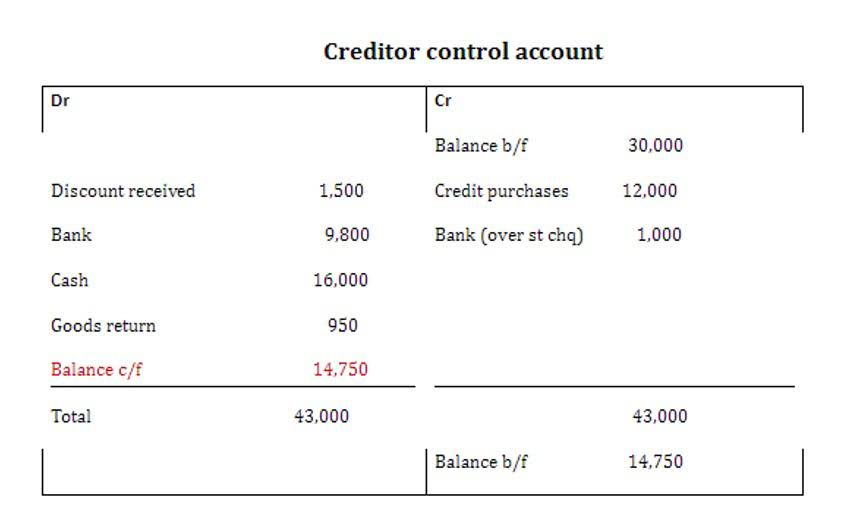No products in the cart.
Bookkeeping
Stock Dividends and Splits Financial Accounting

There are some changes that occur as a result of a split that do affect large stock dividends and stock splits are issued primarily to: the short position, but they don’t affect the value of the short position. The biggest change that happens to the portfolio is the number of shares being shorted and the price per share. A stock split’s most significant impact is on new investors, eyeing up a particular stock and hoping to purchase a round lot of shares at a lower cost. Thus, a stock split can provide a powerful motivator to get in the action.
Earnings Per Share
A current asset whose ending balance should report the cost of a merchandiser’s products awaiting to be sold. The inventory of a manufacturer should report the cost of its raw materials, work-in-process, and finished goods. The cost of inventory should include all costs necessary to acquire the items and to get them ready for sale. When a business applies for incorporation to a secretary of state, its approved application will specify the classes (or types) of stock, the par value of the stock, and the number of shares it is authorized to issue. When its articles of incorporation are prepared, a business will often request authorization to issue a larger number of shares than what is immediately needed.

Outstanding shares
- This preferred stock feature assures the owner that any omitted dividends on this stock will be made up before the common stockholders will receive a dividend.
- If the corporation issues 10% preferred stock having a par value of $25, the stock will pay a dividend of $2.50 (10% times $25) per year.
- Some valuable items that cannot be measured and expressed in dollars include the company’s outstanding reputation, its customer base, the value of successful consumer brands, and its management team.
- Some investors may have large ownership interests in a given corporation, while other investors own a very small part.
- When this is the case, the account will be described as Deficit or Accumulated Deficit on the corporation’s balance sheet.
As a result, they decide that their articles of incorporation should authorize 100,000 shares of common stock, even though only 1,000 shares will be issued at the time that the corporation is formed. A corporation’s accounting records are involved in stock transactions only when the corporation is the issuer, seller, or buyer of its own stock. The corporation will go about its routine business operations without even noticing that there were some changes among its stockholders. A frequent reason for a stock split is toto make shares more affordable for investors. This can increase liquidity, broaden the shareholder base, and make the stock more attractive to small investors. It doesn’t change the company’s overall value, contra asset account but it can promote more active trading and accessibility of the stock.
- The income statement, statement of cash flows, statement of comprehensive income, and the statement of stockholders’ equity report information for a period of time (or time interval) such as a year, quarter, or month.
- All of the characteristics of each preferred stock issue are contained in a document called an indenture.
- No dollar amounts would be posted to the accounts in the general ledger.
- For example, state laws require that corporations keep the amounts received from investors separate from the amounts earned through business activity.
- Corporations usually account for stock dividends by transferring a sum from retained earnings to permanent paid-in capital.
What Is a Reverse Stock Split?
The board of directors formulates the corporation’s policies and appoints officers of the corporation to carry out those policies. The board of directors also declares the amount and timing of dividend distributions, if any, to the stockholders. When an investor shorts a stock, he or she is borrowing the shares, and is required to return them at some point in the future. For example, if an investor shorts 100 shares of XYZ Corp. at $25, he or she will be required to return 100 shares of XYZ to the lender at some point in the future. If the stock undergoes a 2-for-1 split before the shares Retail Accounting are returned, it simply means that the number of shares in the market will double along with the number of shares that need to be returned.
- The amount to be received in the ordinary course of business in an arm’s length transaction.
- It is calculated by multiplying the price per stock by the total number of shares outstanding.
- If a share of stock has been issued and has not been reacquired by the corporation, it is said to be outstanding.
- If the corporation were to liquidate, the secured lenders would be paid first, followed by unsecured lenders, preferred stockholders (if any), and lastly the common stockholders.
- The book value of an entire corporation is the total of the stockholders’ equity section as shown on the balance sheet.
- The amount transferred for stock dividends depends on the size of the stock dividend.

Now, the company’s board of directors has decided to split the stock 2-for-1. Immediately after the split is implemented, the number of shares outstanding would double to 20 million. By contrast, the share price would be halved to $25, leaving the market cap unchanged at $500 million (20 million times 25). For example, assume that a corporation has 100,000 shares of $0.50 par value common stock before a 2-for-1 stock split. At the time of the split a memo entry would be entered in the records stating that after the 2-for-1 stock split, the corporation has 200,000 shares of $0.25 par value common stock outstanding. No dollar amounts would be posted to the accounts in the general ledger.

